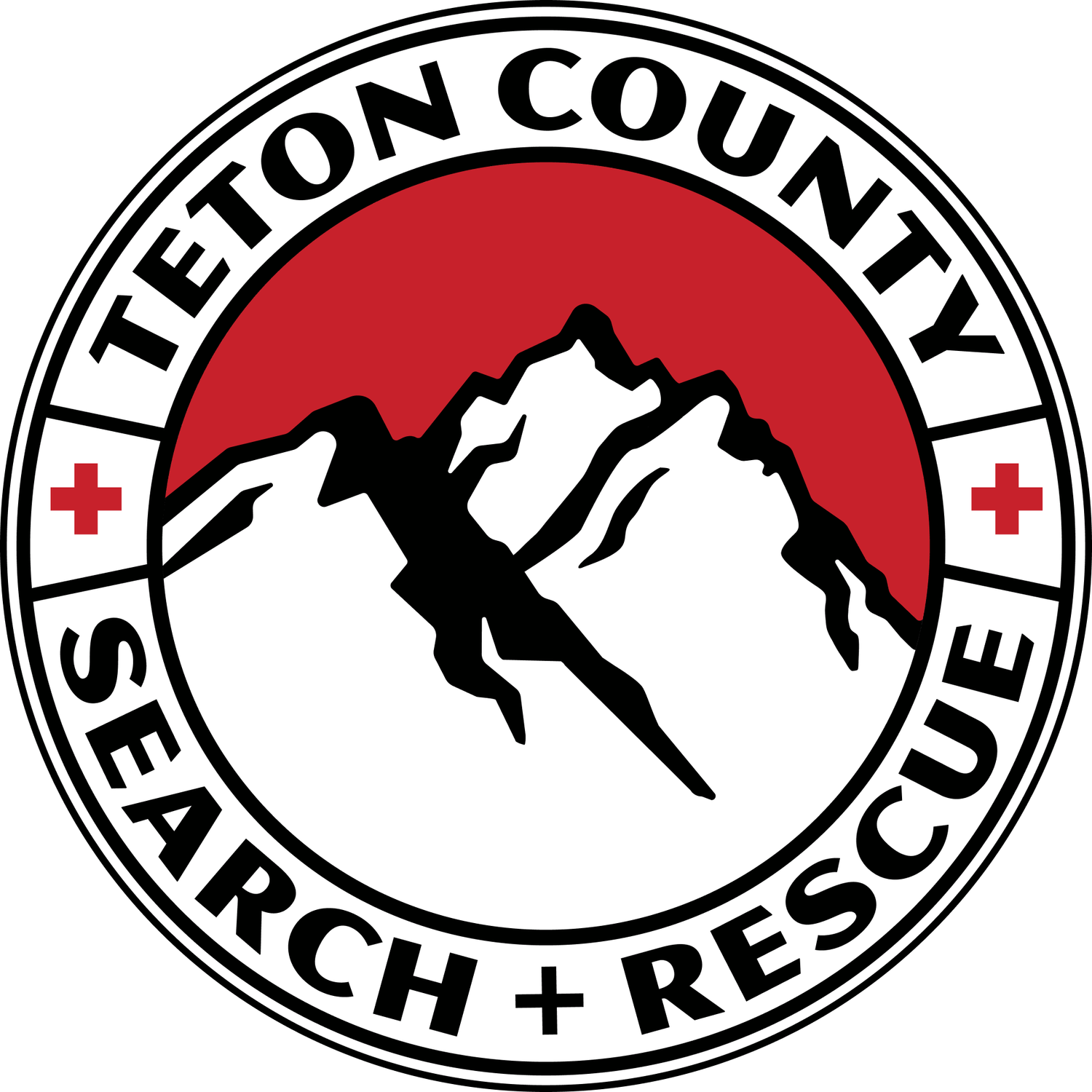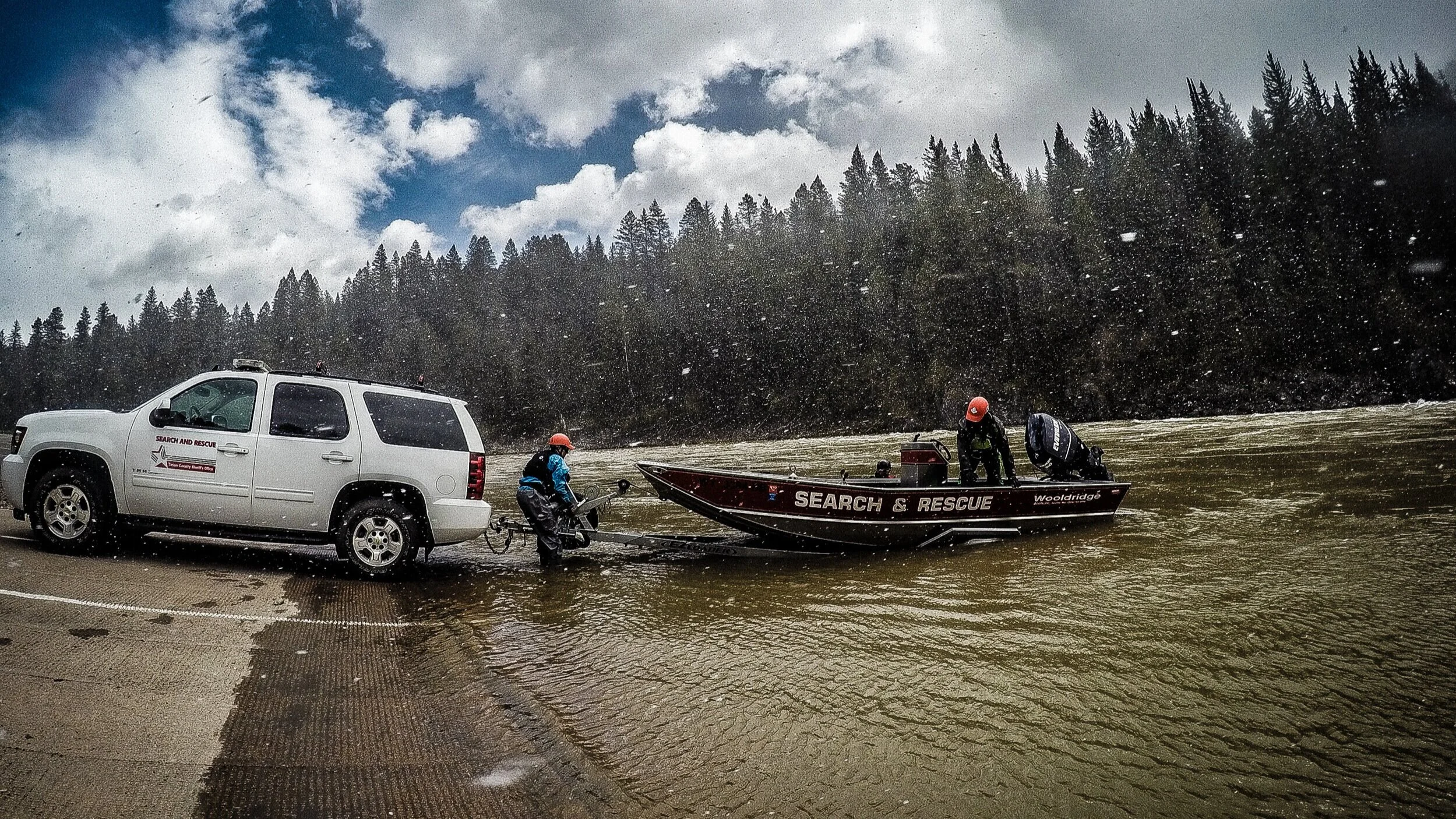During the coronavirus-shortened 2019/20 winter season, we collected 810 survey responses from 339 different parties exiting the backcountry gates at Jackson Hole Mountain Resort.
The program, which is outlined in the 2020 Midyear Review and Rescue Report, remains one of the very few organized efforts in the U.S. to gather backcountry-skiing data at a ski area. Historically, capturing habits, numbers, and trends on backcountry travel has been based primarily on anecdotal evidence. Lots of ski tracks and busy trailheads, but it’s hard to say exactly how many people are out there, and if they are educated or equipped to deal with the hazard. This makes the program at JHMR that much more valuable as it helps establish a baseline for backcountry use and builds awareness about avalanche safety, and should be considered a model for the rest of the country. The graphs here show just some of the data collected last winter. A fuller picture will emerge as we continue to mine the data.
Thanks to Jackson Hole Mountain Resort for their continued embrace of this program, and for support from Stio, Flylow and Kate’s Real Food.
A Brief Line on the Short Haul: Get to know TCSAR volunteer Keegan Pfeil
As part of of our efforts to generate funding in order to provide expanded emergency helicopter service in Teton County, we’re profiling members of the short-haul team. This will be the last one as the campaign wraps up this week!
Time to meet Keegan Pfeil, a TCSAR volunteer since 2015. As a registered nurse at St. John's Health, he's had a busy spring on the frontlines of the pandemic as a medical provider. When the crisis picked up steam in late March, he foresaw the looming shortage of personal protective equipment for healthcare workers, and helped launch the Jackson Hole Mask Project. By mid-April, the effort had generated more than 3,500 masks for the hospital.
Pfeil also recently became 'operational' as a member of the TCSAR short-haul team, meaning he'd logged enough flight hours and passed a series of tests to begin responding to callouts via helicopter. We caught up with him to get his thoughts on what's transpired the last few months.
Why Should People Support Heli-Yes?
The helicopter is an essential tool for TCSAR. It allows us to get to the most critical patients the quickest and get them the medical attention they need. The season never ends for TCSAR, and just because fewer people might be in the backcountry this time of the year, all it takes is one significant injury. The helicopter can truly be a matter of life or death and by extending our contract it can make a world of difference.
Where are you from and how long have you lived in Jackson?
I am from Port Orchard, Washington, on the Olympic Peninsula. I’ve been in Jackson for 18 years.
What’s been the most valuable lesson from the pandemic?
Don’t take the face-to-face time you have with friends and family for granted, cherish those times. You never know when that could be taken away from you.
What positives have you seen or experienced during the health crisis?
We have seen a decrease in our carbon emissions since the coronavirus. Hopefully we can learn from it and become more aware of our effects and our carbon footprint. Additionally, the virus has exploited some major faults in our healthcare system, which we can hopefully learn from and be better prepared for in the future.
What music are you currently listening to?
Pink Floyd.
What motivated you to become a TCSAR volunteer?
As an emergency room nurse who loves the outdoors and adventure, I was always intrigued by it. Search and Rescue combines my greatest passions: a love for adventure and the outdoors, and a love for medicine, trauma and helping others.
Why did you want to join the short-haul team?
I thought it would be a good way to further my skills as a volunteer and would provide me the means to reach more people in the backcountry that could possibly benefit from my medical experience. Plus, it's exciting.
How does someone become a short-haul team member?
First you have to become a SAR member and show you can work well with others on the team. You have to become proficient in the other areas SAR focuses on. It takes several years of being a member of SAR before you have a chance for short-haul.
What is the most challenging aspect of short-haul?
There is a lot going on with a short-haul insertion and/or extraction. Making sure you keep yourself and teammates safe is probably what I focus on most. The communications we develop between the pilot and other short-haul members is very precise. That was probably the most nerve wracking thing for me.
In your time at TCSAR, what or who has been your biggest influence?
Everyone on the team brings something to the table, and I try to learn from them all.
What has been the biggest reward of being a volunteer?
Being able to help people in need and bringing them home safely to their loved ones. Seeing the emotions and expressions of loved ones when you return someone to them safely.
What do you do when you are not Search and Rescuing?
Try to spend as much time outside as possible. I love adventure and interacting with wild places whether I’m skiing, snowmobiling, biking, dirt biking or hunting.
A Brief Line on the Short Haul: Get to know TCSAR Volunteer Jen Reddy
A Jackson resident for the last 19 years, Jen Reddy became a TCSAR volunteer in 2015, and this spring became one of the newest members of the elite short-haul team. She is also an artist who designs much of the graphics you see on TCSAR’s communication materials, stickers, and merchandising. She gets much of her inspiration from her time outside, and says she tries to “capture the joy, whimsy and connection I feel while out skiing, riding my bike, or just wandering around in the woods.” She loves working with watercolors because of how portable they are, and because they force you to accept your mistakes and figure out how to make the piece still work.
“It’s a good practice for life,” she says.
Why should people support Heli-Yes?
The helicopter is a vital, life-saving resource for our community. As recreationalists, we like to explore deep into the mountains and push ourselves. Ground-based rescue is not always feasible, and even if it is, the time it would take to hike or ski into an accident site and then wheel or drag the injured party out can be the difference of life and death.
Where are you from and how long have you lived in Jackson?
I was born in Connecticut, and lived in Vermont and Colorado before moving to Jackson 19 years ago.
What music are you currently listening to?
Nightmares on Wax, specifically his live DJ sets
What motivated you to become a TCSAR volunteer?
One of my closest friends had been involved in a serious ice-climbing accident in Colorado. I feel so grateful to the incredibly skilled rescuers who got him out of the field. He wouldn't have survived if it wasn't for them. I joined TCSAR because I wanted to be that person who doesn't hesitate to help when it's someone's worst day.
Why did you want to join the short-haul team?
I wanted to become a better rescuer. I'm comfortable skiing and negotiating steep, exposed and technical terrain, which is frequently where short haul operations are required. I thought I could use the skills I had developed skiing and playing in the mountains and apply them to search and rescue.
How does someone become a short-haul team member?
Once you've become a member of TCSAR and have completed the initial general team training, you can submit an application to join the short haul team. Applications are then reviewed and qualified applicants are accepted into the program. As a new member on short haul, we have to complete a number of training tandem flights observing the sequence of operations calling in the helicopter, hooking into the rope, calling in the landing and unhooking again from the rope once on the ground in the field. Once you've completed the observer flights, new short haulers have to complete a series of three independent flights with no faults or errors. Short-haul trains one to two times per month in addition to regular team training.
What is the most challenging aspect of short-haul?
Short-haul is highly choreographed and it's essential to keep focused on the big picture of the rescue. What are the winds doing? Where is a safe place to insert the rescuer that is still in close proximity to the patient? Do we have all the necessary gear and equipment to perform the rescue once on the ground? And is everyone involved communicating well and following the plan and capable of altering that plan if necessary? These are just a few of the things we have to keep in mind while feeling the stress and pressure of dangling from the end of a rope under a flying helicopter.
Illustration by Jen Reddy.
In your time at TCSAR, what or who has been your biggest influence?
A few weeks after I joined TCSAR, I witnessed a rescue performed in Grand Teton National Park. This was a massive interagency effort to rescue and recover skiers who had been involved in an avalanche. The cooperation and professionalism was remarkable and a little intimidating as a complete rookie watching the rescue develop.
The Jenny Lake Rescue Cache in Lupine Meadows was rapidly converted into a field medic site to stabilize patients as they were short hauled from the site of the avalanche. Not only was this a major rescue involving three-plus agencies working together to rescue multiple victims in deteriorating weather, but the victims were friends and co-workers of many of the rescuers involved. The tension, stress and anxiety at the rescue cache was palpable as the first victim was flown in.
I will never forget how Dr. Will Smith was able to take complete control of the situation, and instill a profound sense of calm and competency to the room. Standing in the doorway, watching all this unfold, I could feel the energy come down; collectively everyone's shoulders relaxed and their breathing became slow and focused. I clearly remember the moment when I thought to myself, "I want to be able to do that.” Every rescue I've gone on since I try to recall the ability to bring the sense of calm competency that Will was able to instill. I'm not sure I've ever told him how much he influenced me.
What has been the biggest reward of being a volunteer?
Everyone on the team loves adrenaline, the rush you feel when you get a callout. It's super fun and challenging to be on rescue and keep all the parts moving towards the same goal. But ultimately, what stays with me the longest and hits me the deepest is knowing that I helped someone when they really needed it.









